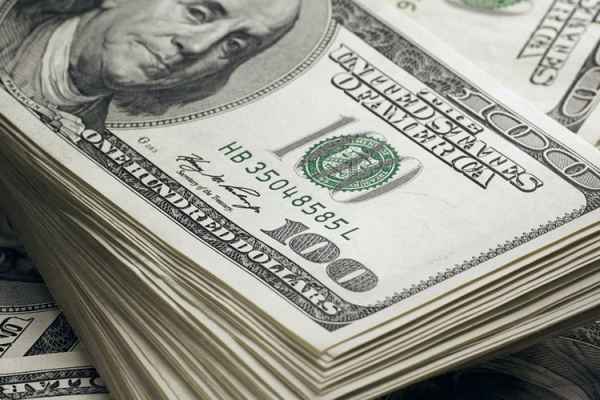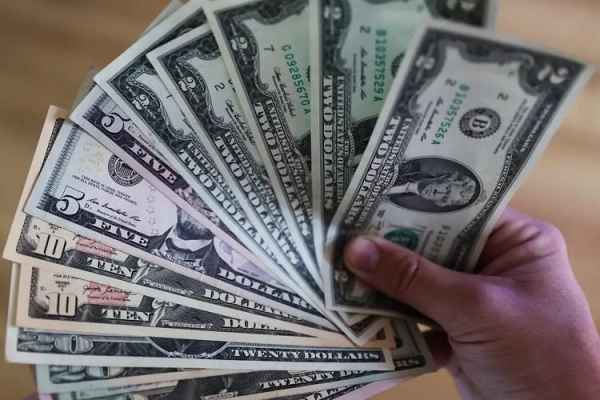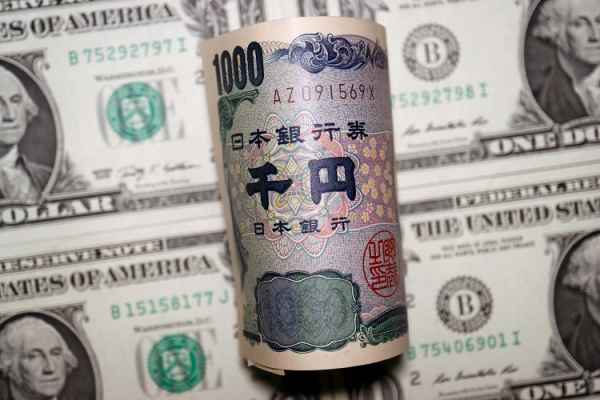The UK GDP data managed to avoid the threat of recession last year, but analysts are signaling that the UK economy will still struggle this year.
The momentum of the GBP/USD rally has once again stalled as it approaches a significant resistance level around the 1.2400 range. The pound sterling briefly surged to a two-month high of 1.2422 during Friday's (March 31) European session but quickly slid back to the 1.2350 range upon entering the New York session.
 GBP/USD Daily chart via TradingView
GBP/USD Daily chart via TradingView
The UK Office for National Statistics (ONS) has revised the country's Gross Domestic Product (GDP) growth data from 0% to 0.1% for the fourth quarter of 2022. This figure indicates a recovery from the -0.3% decline in the previous quarter and portrays a slightly better situation than many predicted.
The Bank of England (BoE) and most economists had warned of the risk of a recession towards the end of the year. The latest GDP data proves that this recession threat has been avoided. However, analysts predict the UK economy will still face challenges this year.
The main factor that will shadow the economy in the future is the increasing impact of BoE's interest rate hikes. As is known, BoE has raised interest rates eleven times in a row to reach the highest level since 2008, at 4.25%.
Pantheon Macroeconomics predicts that the UK's quarterly economic growth will decrease by -0.1% in this year's first and second quarters, resulting in a technical recession. Employment conditions are also expected to remain stable for only those two quarters and weaken.
Philip Shaw, the Chief Economist at Investec, shares a similarly pessimistic view. Even if the UK manages to avoid a recession, he believes that the country will struggle to grow in an environment with such high-interest rates.
"Whether or not the economy does fall into a technical recession, a prompt recovery seems unlikely this year, especially if credit conditions tighten following the recent banking turmoil related to Silicon Valley Bank and Credit Suisse."

 Dedicated FREE FOREX VPS
Dedicated FREE FOREX VPS Free FOREX Virtual Private Server
Free FOREX Virtual Private Server MT4 Demo Contest, Get $500
MT4 Demo Contest, Get $500 Sign Up for an Account, Claim 60% Deposit Bonus
Sign Up for an Account, Claim 60% Deposit Bonus Free MT4/MT5 VPS 2024
Free MT4/MT5 VPS 2024 Send E-mail and Get Free Merchandise
Send E-mail and Get Free Merchandise $1K Refer a Friend Bonus for Pepperstone Pro clients
$1K Refer a Friend Bonus for Pepperstone Pro clients Maximize Your Earnings with 100% Deposit bonus
Maximize Your Earnings with 100% Deposit bonus Trade to Win, $5,000 Monthly Demo Contest
Trade to Win, $5,000 Monthly Demo Contest Claim 30% + 15% Deposit Bonus from LiteFinance
Claim 30% + 15% Deposit Bonus from LiteFinance






